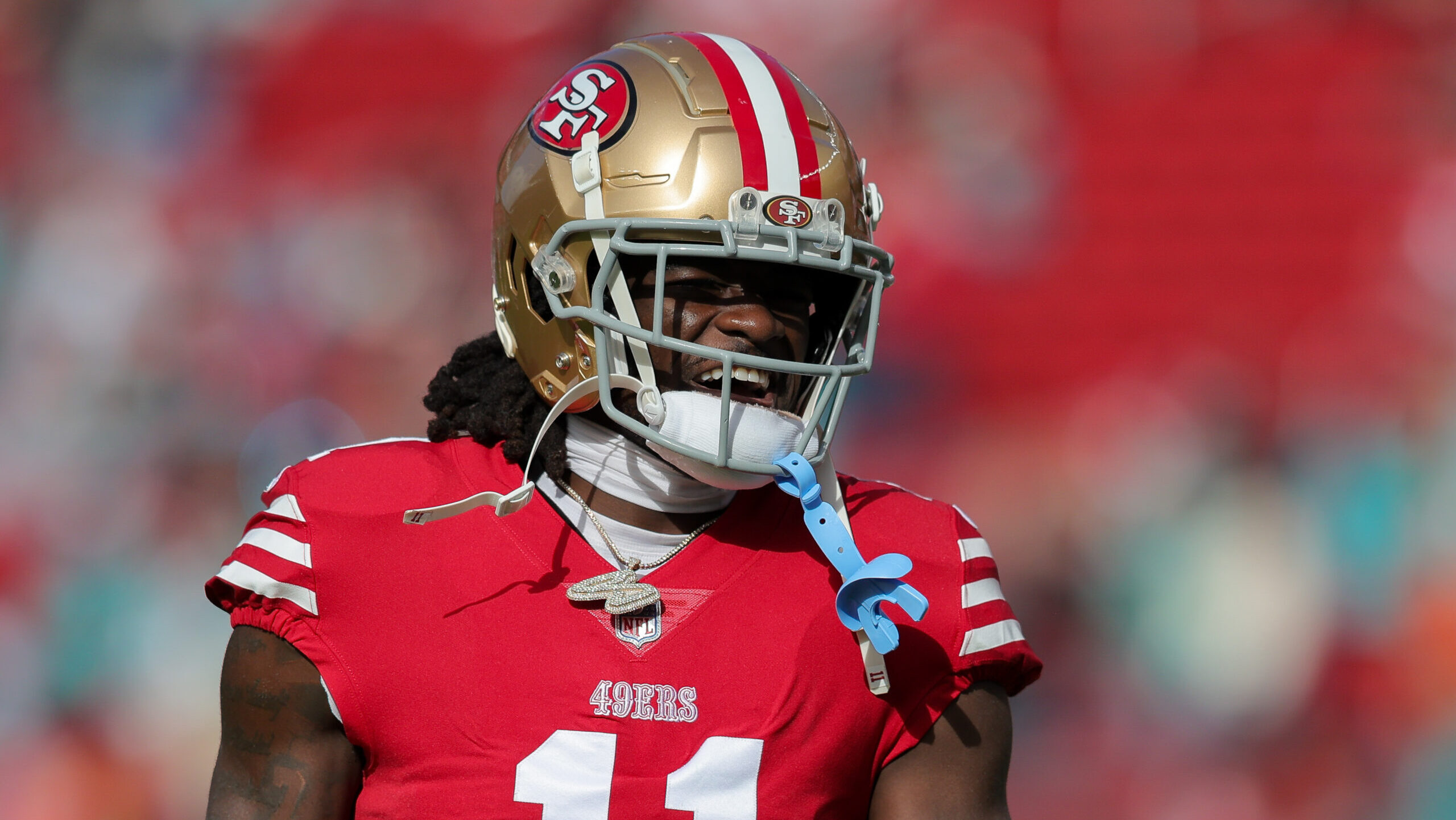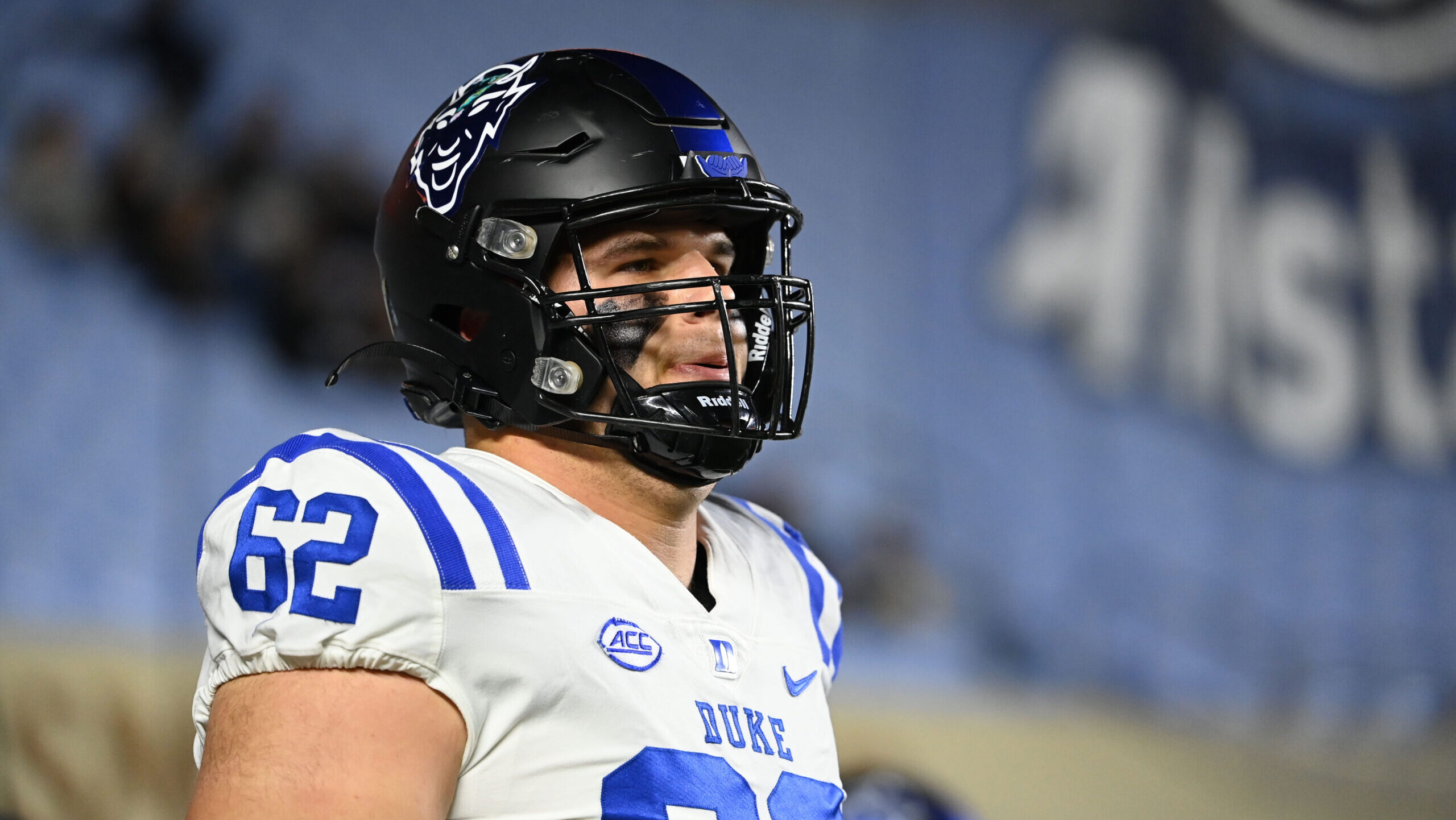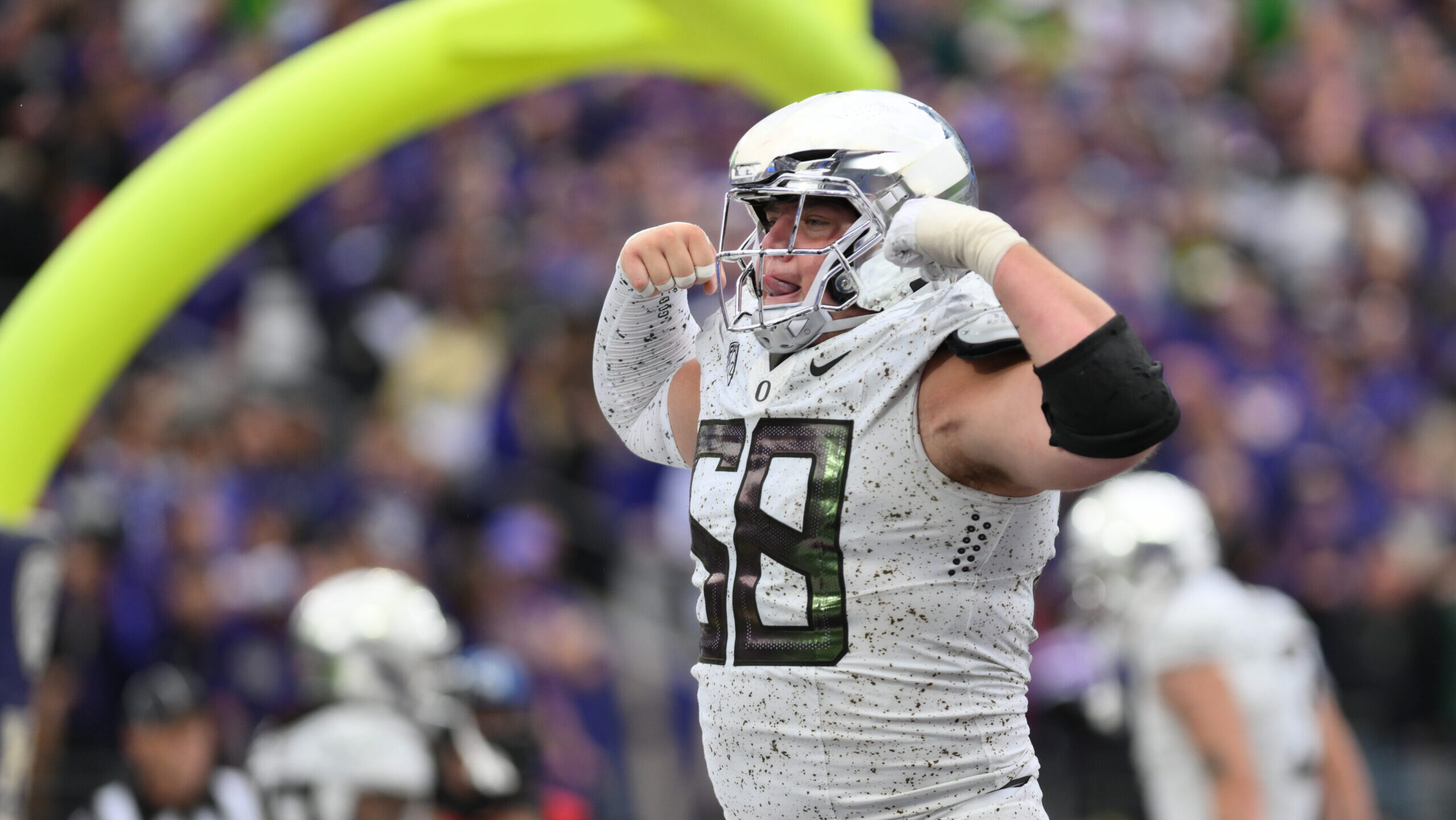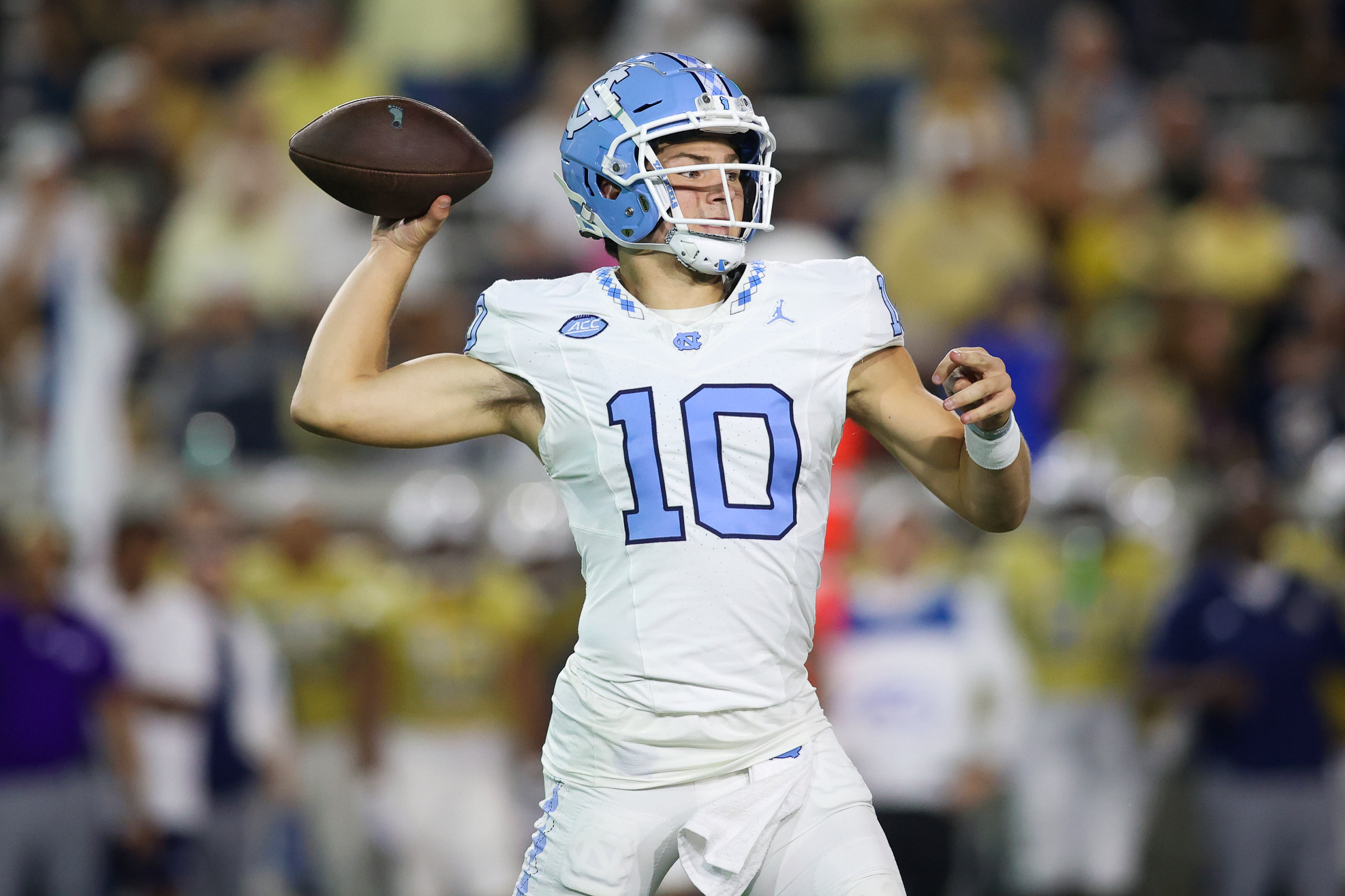Analysis
5/30/22
9 min read
5 Overlooked Free Agent Deals You Should Know About
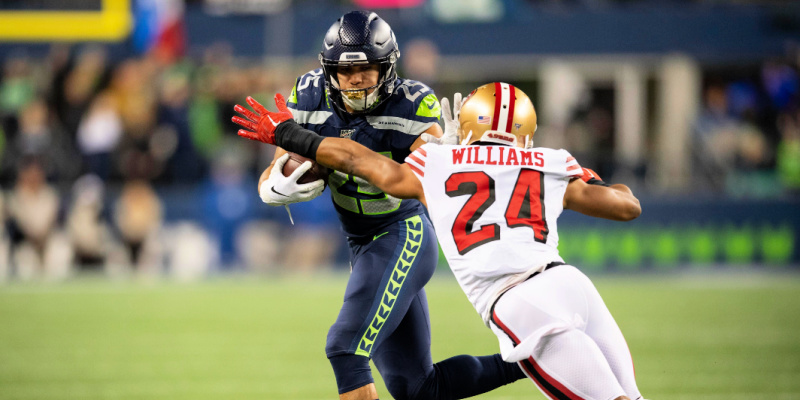
Naturally, we follow the money. Every year, as free agency carries the football world through the seemingly endless abyss of the offseason, the headlines pertinent to team-building moves are dominated by both blockbuster trades and the most lucrative deals struck between that cycle’s best unrestricted free agents and their new teams. Whether the hefty sums paid to these top-of-market players are deserved provides plenty of fodder for the talking heads, making this phase of the year its own prolonged spectacle that tees up the season for its September kickoff.
This reality has been amplified by the recent success of the Los Angeles Rams, whose commitment to building a superstar-laden roster led to a championship parade down Figueroa Street this past February. It is understandable for fans to see this and become hopeful that their teams may be one, major, exorbitantly expensive splash away from title contention, but what they fail to acknowledge is how well the Rams have drafted and developed the mid- to late-round talent of which their team is mainly composed. As championship-winning organizations have exhibited time and time again, the strength of a team is the strength of its units; more specifically, to paraphrase the great Herb Brooks in the movie Miracle, it is not so much about finding the best players as it is about finding the right ones.
With that in mind, let us take a look at a handful of signings that, because of their middle- to bottom-market contract values, have been overlooked relative to the impact they will have on their respective teams this season. Whether they are joining a Super Bowl contender, a fresh rebuild, or a purgatory dweller in between, these players will certainly prove to be valuable additions by way of the perfect system fits they offer.
O.J. Howard / TE / Buffalo Bills
The Bills’ front office put on a clinic this offseason by executing a masterful game plan that netted upgrades aplenty, including star power in Von Miller, steady veterans in the likes of Jamison Crowder and Rodger Saffold, and long-term contributors with short-term readiness in Kaiir Elam and James Cook. Considering both the depth and breadth of this offseason haul, it is easy for certain shrewd moves to fly under the radar even within the group itself, let alone across the league. The signing of O.J. Howard is the shrewdest of the shrewd.
Despite the fact that the Bills finished the 2021 season just 195 yards short of tying the Titans’ smashmouth squad for the fifth-most rushing yards in the league, the team’s running game has been a hot topic of discussion among the league’s outsiders. The main argument states that as deadly a weapon as Josh Allen may be when he tucks to run, the more hits kept off the franchise, the better. The offense can leverage the addition of Howard by featuring an increased usage of 12 personnel, which will allow it to both maintain a balanced attack and protect Allen by leaning more on its backfield stable of Devin Singletary, Zack Moss, and James Cook.
In 2021, Buffalo deployed 12 personnel only 8% of the time, a clip that is dwarfed in comparison to those of last season’s top rushing offenses in Philadelphia (25%), Indianapolis (23%), and Baltimore (22%; the Ravens’ 21 grouping can also be considered 12, depending on how you classify Patrick Ricard). As a complementary blocker paired with Dawson Knox, Howard opens the playbook in the run game by increasing the offense’s formational multiplicity, which is a luxury the Bills could not afford last season as they operated out of 11 personnel on nearly three out of every four plays (71% of the time). Howard offers a mismatch in the passing game, too, as his explosive blend of size, length, and speed makes him a tough cover for both smaller defensive backs and slower linebackers. Sure, the durability concerns are real, but at a cap hit of only $2.875 million in 2022, Howard’s ability to impact both phases make the potential reward more than worth the risk.
Ted Karras / OC / Cincinnati Bengals
Depending on who you ask, you are certain to receive differing opinions regarding the most memorable moment of Super Bowl LVI; some may say it was Aaron Donald’s championship-winning sack, others may argue for Ja’Marr Chase’s jaw-dropping, one-handed reception over Jalen Ramsey, and still others may point to Snoop and Dre bringing the house down to close the halftime show. We can all agree, though, that watching Joe Burrow get sacked seven times, bringing the quarterback’s near record-breaking seasonal sack total to 70 (!), was unforgettable, and it clarified the team’s mission for the upcoming offseason.
Fortifying the front was the focal point of the Bengals’ offseason strategy, and they utilized both free agency and the draft to accomplish that objective. Prior to adding former North Dakota State tackle Cordell Volson in April, the team inked multi-year deals with three starters in La’el Collins, Alex Cappa, and Ted Karras, who, in particular, should provide ample return on the team’s $6 million per year investment. Half the battle in pass protection is ensuring every rusher is accounted for, and Karras’ veteran intelligence can be relied on to make the blocking-scheme adjustments necessary to manage the myriad pressure packages that opposing defensive coordinators design on a weekly basis. In contrast to the limited press surrounding his signing, Karras will be a key contributor this season as he will play an integral part in maintaining the clean, insulated pocket that will allow Joe Burrow to reach new heights in 2022.
Justin Jones / DT / Chicago Bears
Under the direction of a new regime this offseason, the Bears worked to lay the foundation from which it plans to build over the coming years. At its onset, a strong foundational process tends to be more of an operation of subtraction than addition, and Chicago showed a keen understanding of this principle in its willingness to part ways with key components of the 2018 NFC North division champion team; from Khalil Mack to Eddie Goldman to Tarik Cohen, certain players were deemed misfits into the blueprint for the future, whether that be for contractual, schematic, or durability reasons, and the front office acted accordingly.
It was not all subtraction, though, as the roster was infused both with veteran and rookie talent throughout the spring, and one noteworthy addition in the trenches was that of Justin Jones. Jones’ alignment versatility provides problem-solving potential should the defense choose to be more multiple in its fronts, and his combination of strength and natural leverage is reliable to hold ground against the run. His real value, however, is in his ability to create quick pressure from the interior as he flaunts a loaded arsenal of moves inclusive of all sorts of hand variety, spins, bulls, and euro steps that affect the passer. Jones’ pass rush skillset will add a different flavor to the position group as he continues on his upward trajectory.
Uchenna Nwosu / OLB / Seattle Seahawks
Perhaps the most significant paradigm shift we could see take place in the NFL this upcoming season involves the Seattle Seahawks’ defensive philosophy. Since Pete Carroll’s tenure began in 2010, Seattle has served as the sport’s mecca for single-high coverage defenses, and this was due in no small part to its iconic “Legion of Boom” units that popularized the scheme during that span. As inextricable an aspect of Coach Carroll’s identity the even-fronted Cover 3 seems to be, his defense is undergoing a transformation under the guidance of top lieutenants Clint Hurtt and Sean Desai, both of whom are acolytes of Vic Fangio’s split-safety, odd-front philosophy.
In anticipation of an increased usage of 3-4 structures in 2022, Hurtt identified the outside linebacker as a position of need heading into this past offseason, and the Seahawks’ personnel department aggressively checked that box with its signing of the tone-setting Uchenna Nwosu. In this system, Nwosu will be tasked with meeting a three-pronged job description: set the edge in the run game, apply edge pressure to affect the passer, and take away throws in underneath zone coverage. This past season, the former Charger was highly effective in the same role under Brandon Staley and steadily improved throughout the year. His natural instincts and devastating disruptiveness make him a force against the run, and he oozes the urgent athleticism necessary to be a threatening edge rusher. Nwosu is an ascending talent who will add a violent, physical identity to the Seattle defensive unit this season.
K’Waun Williams / NC / Denver Broncos
As far as NFL defenses are concerned, nickel is the new base. With offenses continuing to operate out of 11 personnel more than ever before, opposing defenses have turned to their nickel packages to combat that tactical move. The Buffalo Bills’ top-ranked defense played nickel an astonishing 91% of its snaps last season, and many other teams are climbing toward that peak. Therefore, it has become critical for NFL personnel departments to eschew the pursuit of linebacker abundance and provide their defensive coaching staffs with three quality corners, one of whom must own the shortstop-esque blend of mind and body quickness vital to covering targets in the slot.
If there is any division in football that must be acutely aware of these coverage needs, it is the AFC West, a quarterback-loaded quartet of teams that, together, features nearly as many top-tier signal callers as the entire NFC. As one of the lucky members of this daunting division, the Denver Broncos entered the offseason in need of a third corner to trio with Patrick Surtain II and Ronald Darby after Bryce Callahan’s injury issues over the past two seasons rendered him an unviable solution. The Broncos’ brass found their man in K’Waun Williams.
Williams played the previous five seasons for San Francisco and offers the ideal combination of twitchy movement skills and high-bandwidth processing to be dependable both in man and zone coverage in the short-to-intermediate levels of the field. As a plug-and-play contributor, his immediate impact play will buy time both to develop 2022 fourth-rounder Damarri Mathis and to investigate other avenues toward solidifying the future in the team’s defensive backfield. As aforementioned, the nickel corner is a highly important starter in both this and every division, and Denver secured one at a market-beating APY price of $2.6 million.


